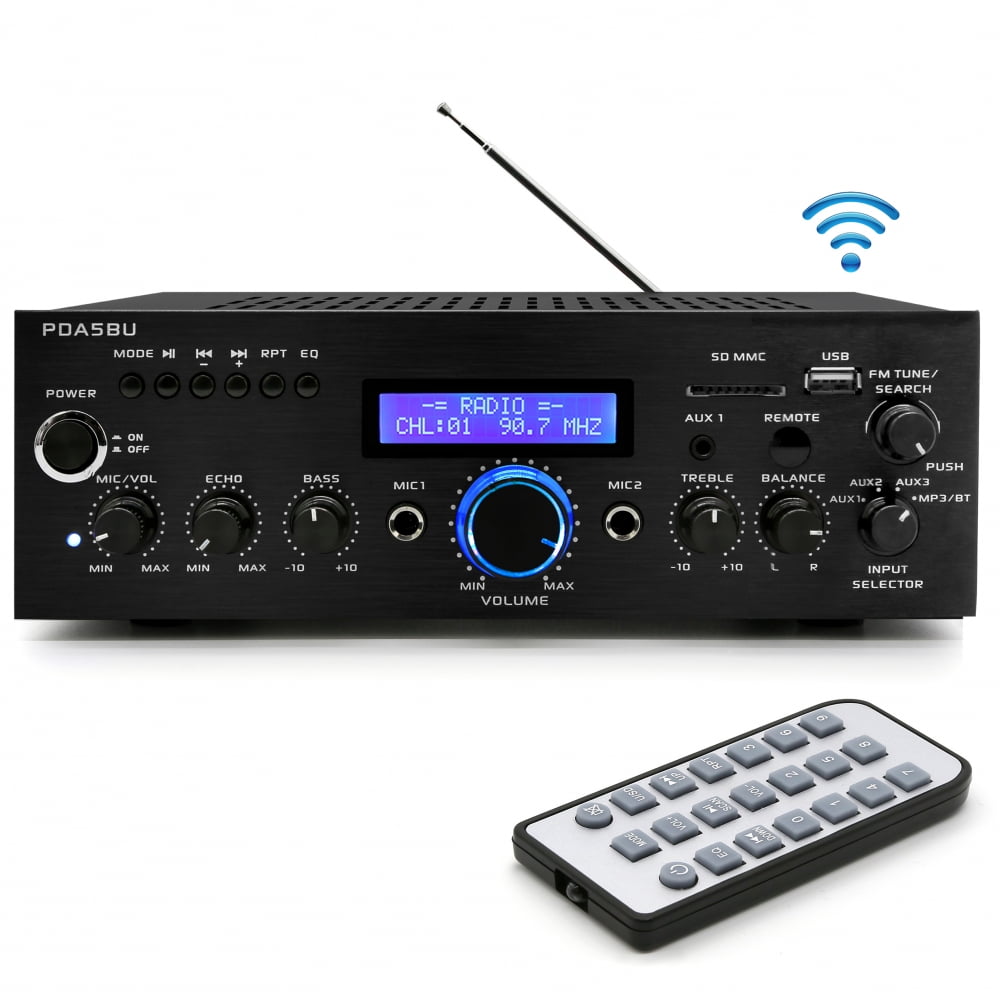
Wireless/portable outdoor speakers have improved significantly in the last several years too and some are quite good, so that’s also an alternative option. Check out our best outdoor speakers article for more information. If you can’t or would rather not deal with wiring up speakers (quick aside: it’s not actually hard at all to do), there are a number of solid “plug in and go” options to choose from. Rather, in most cases, they’ll have a simple pair of terminals that connect to speaker wire, like so:īack of the Klipsch AW650s (affiliate link)Īlternatively, the “active” or self-powered outdoor speaker market has come a long way in just the last few years. Passive speakers won’t have any electrical plugs, audio jacks, or power adapter cables that you’re probably used to seeing with most electronics. You will if opt for passive speakers, which as we said most decent outdoor speakers are. Do You Need A Receiver/Amplifier For Your Outdoor Speakers? A receiver is usually what’s used and may be required in sound/home-theater setups, but a plain amplifier can work just as well for powering speakers. The fundamental purpose of an amplifier is to provide that power – it takes the relatively weak signal from your source (phone, computer, etc.), and drastically increases its electrical power so that it’s strong enough to actually move the components of the speaker to produce sound waves.Ī receiver is simply a more feature rich piece of equipment that has an amplifier built in – it might include a radio tuner, CD drive, volume and EQ controls, and a whole bunch of other potential stuff. Most decent outdoor speakers are called “passive,” which means they don’t actually generate the power they need to function on their own.

Does a Receiver for Outdoor Speakers Need to be Weatherproof Too?.How Much Extra Will An Amp/Receiver Cost?.Do You Need A Receiver/Amplifier For Your Outdoor Speakers?.First: What Is An Amplifier or Receiver?.Many models include connectors for remote control, power triggers, and infrared signal transmission. Some models include as many as 16 channels. Multi-zone amps are building blocks for a multi-room system.
#AUDIO TUNER AMPLIFIER SOFTWARE#
Most models come with built-in room correction software that helps fine-tune the sound. It does the video processing, surround sound decoding, input switching, and audio signal processing. Think of a surround sound preamp/processor as a home theater receiver without the built-in amplifier. Some models include a built-in network music player. There's a switch to select the component you want to play. Stereo preampsĪ stereo preamp includes connections for your source components, as well as tone, balance, and volume controls.

If you want to keep things simple, get one amp with enough channels to drive all of your speakers. Your surround speakers, which may require less power, can have their own 2-channel amp. You can choose a powerful 3-channel amp to drive the front left, right, and center channels. You'll need at least five channels for a surround system. Multi-channel home theater amps are the companions for surround sound preamp/processors. Others are meant for audiophiles who like to use a separate amp for each channel of their system.

Some models are designed to drive a passive subwoofer. They can be used in surround sound systems, though multi-channel amps might make more sense for that purpose. Hi-fi stereo amps are for high-performance stereo music systems. The preamp lets you select your sources and control the volume. Integrated amplifiersĪn integrated amplifier is two components in one - a power amp that drives your speakers and a preamplifier for your music source components. Why get a separate amp and preamp when you can get a receiver that includes both functions? The short answer is that you can get better sound and more system-building flexibility.


 0 kommentar(er)
0 kommentar(er)
